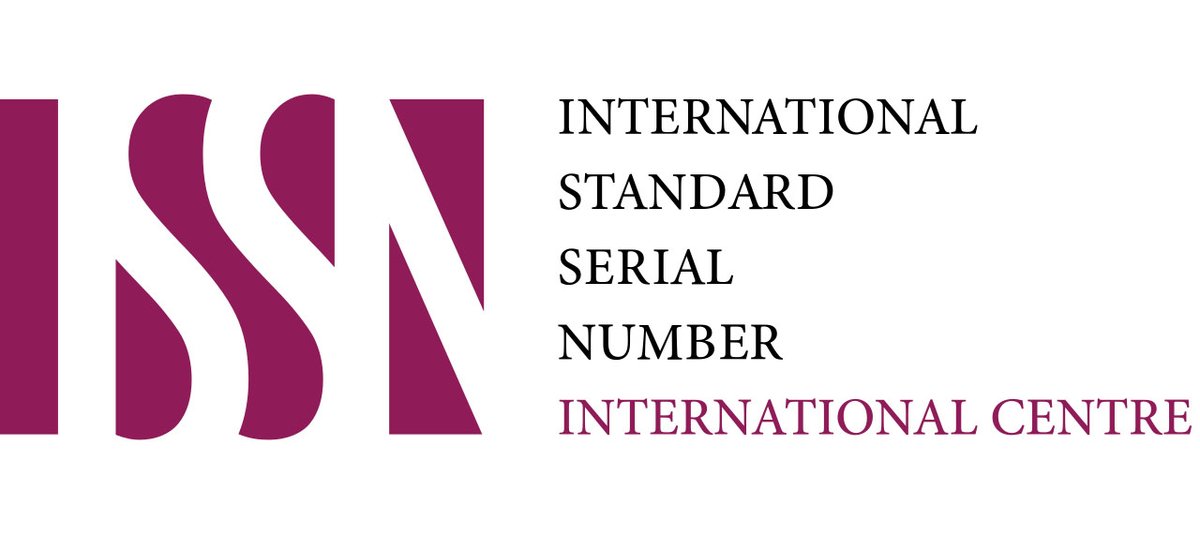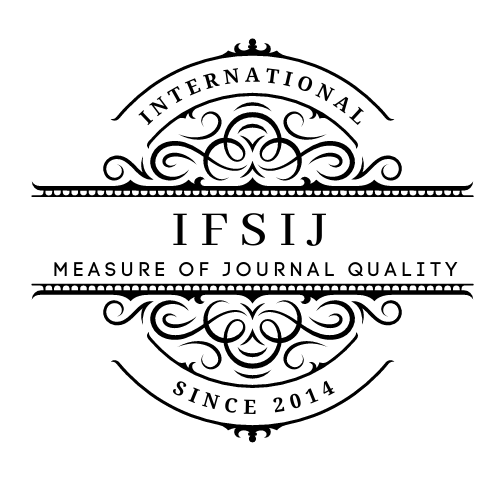NATIONAL LIBERATION MOVEMENTS IN BRITISH COLONIES IN AFRICA AFTER WORLD WAR II
Keywords:
war of independence, Sudan, Kenya, Somalia.Abstract
In Africa further south during the Second Sahara there were no active hostilities - a world war. The exceptions were the territories of Ethiopia, Eritrea and Somalia. Having a multiple advantage in military equipment and manpower in the northeast of the continent, Italian formations went on the offensive there in July 1940. By the end of August, they managed to capture British Somalia, part of Kenya and several strongholds in Sudan. However, the intensified armed liberation movement of the Ethiopians and the assistance provided to the British by the population of Kenya and Sudan forced the Italians to stop offensive operations. Having brought the number of its colonial troops to 150 thousand people, the British command launched a decisive counter-offensive. In January 1941, Anglo-Indian and Sudanese troops and Free French units (mainly African) were sent from Sudan to Eritrea.
Downloads
Published
Issue
Section
License

This work is licensed under a Creative Commons Attribution-NonCommercial-NoDerivatives 4.0 International License.















